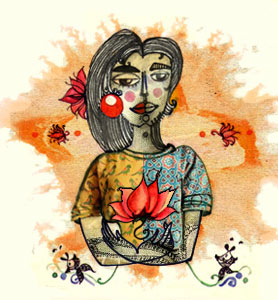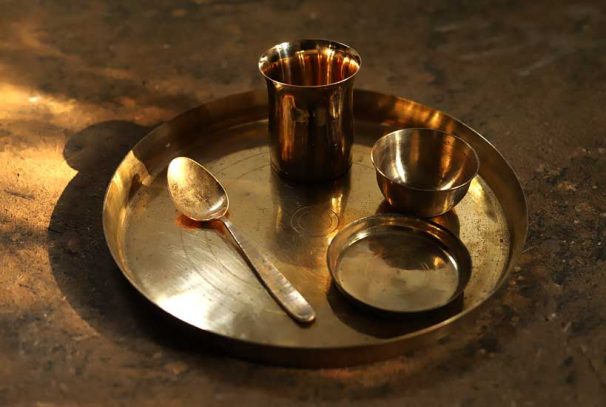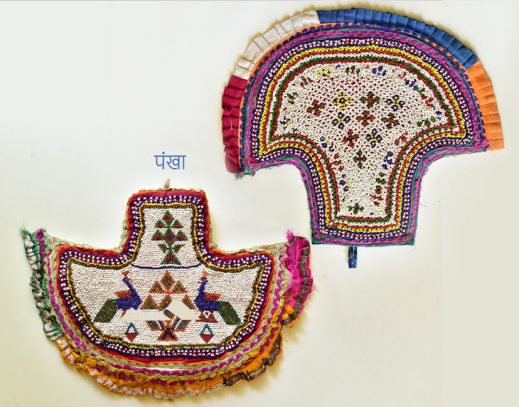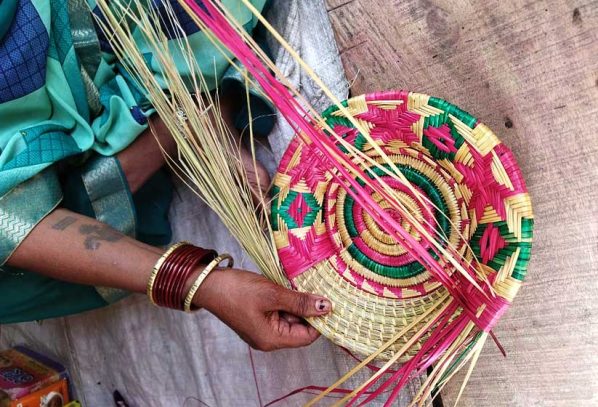The sweet fragrance of Aggarbatti
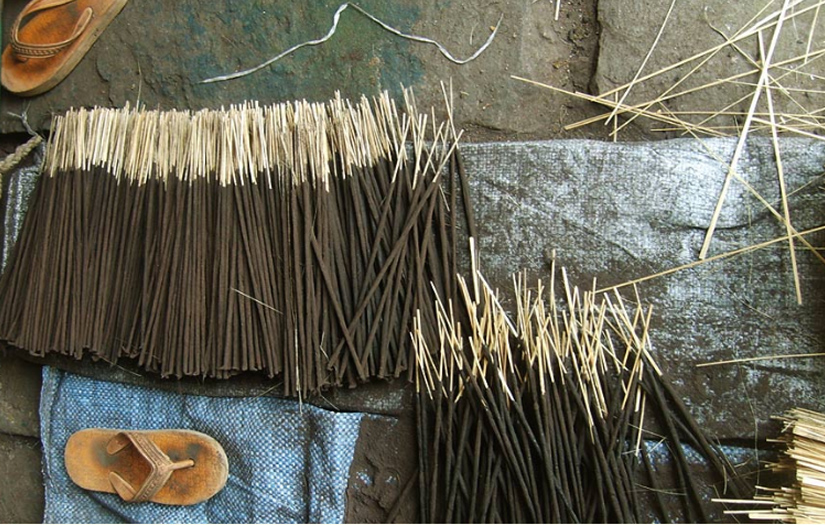
A busy morning as I rush to work, crossing busy streets and crowded pavements, I am inundated with a multitude of sights, sounds and smells. I can smell fresh samosas and automobile exhaust in one breath. But one sweet fragrance that greets me at every little pause is that of the incense. The purifying aroma is everywhere – the corner pan shop, the tea stall, in the taxis, under a tree, at a temple, in big showrooms, malls and swanky offices; welcoming the bright new day.
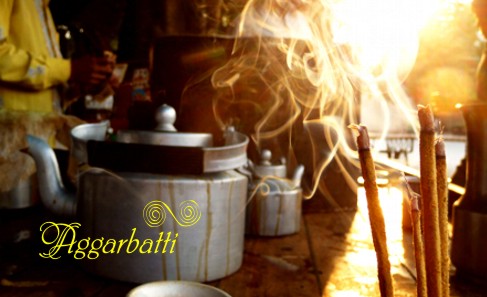
The aggarbatti is essentially a thin bamboo stick coated with a paste that burns to give out a fragrance.
The paste consists of charcoal and saw dust for combustion, fragrant powder, such as sandalwood, jasmine, saffron etc for the fragrance and a natural gum for binding the ingredients together.
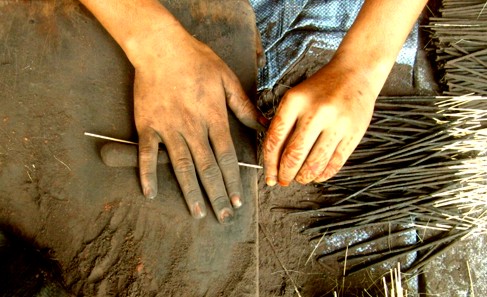
Before applying the paste, the sticks may be dipped in a bright colour to give a contrast. The stick is covered with the paste by rolling with hands against a flat surface. Dexterous hands roll up to six or seven thousand aggarbattis a day, each one individually, with a speed that would leave the onlooker perplexed. After coating, the aggarbattis must be dried very slowly or they will not light properly.
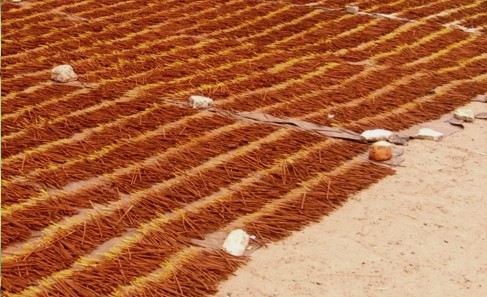
What may seem like a simple perfume stick is actually a resultant of our ancient ritual practice of the Yagya. In the Vedic period, some 3,500 years before, the followers of Hinduism performed a fire ritual called Yagya, along with offering certain substances to deities.
This is the mantra that is recited while offering “dhoop” to the deities
![]()
Vanaspati sod-bhooto Gandhaadhyo gandh Uttam:,
Aadhreyya: Sarv-deyvaanaan Dhoop-a-yam Pratigrihyataam.
It is believed that the fumigation of the specific substances in the Yagya along with the sound of certain Mantras help in achieving physical, psychological and spiritual benefits. The steam and smoke produced in a yagya ensure that the aroma travels far and lingers on for a considerable amount of time.
Incense or “dhoop” is also part of the 16 essential offerings during certain Hindu rituals. From monasteries in Japan to churches in Rome to temples in India, the incense spreads its fragrance in many places of worship. The incense is also used as an aid to meditation as its aroma is believed to have a calming effect on the mind. Today, incense sticks are available in many different scents and elaborate packaging, but in essence, this handicraft of aggarbatti remains a fragrant reminder of our age old rituals.
A number of NGOs are working towards providing financial independence to women with the help of this handicraft. At many places, aggarbatti making is a cottage industry, where women take the material from a collection centre, work at home and bring the finished aggarbattis to those centres. This way, they are able to earn an income for themselves without neglecting their household duties.
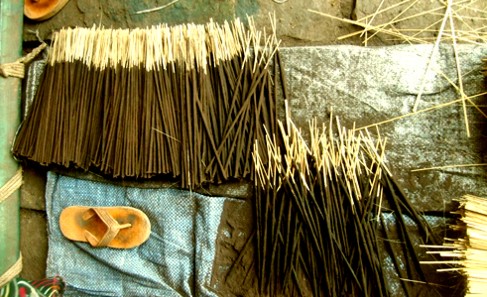
The price of incense may be Rs. 10 for fifty sticks or Rs. 50 for ten, but the amount of skill that goes into its making remains the same. Each stick has the hand imprint of the woman who rolls twenty sticks a minute, thousands a day, to support her family.
Whether to create a sweet, perfumed ambience for relaxation or as an offering to god during a yagya, the incense stick permeates our lives as it permeates the atmosphere with its soft fragrance. Remember, it is not just a room freshener, but a glimpse of our ancient ritual traditions packed in this dainty little aggarbatti.



